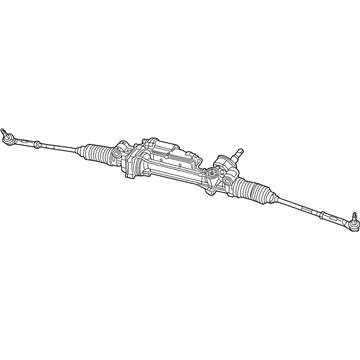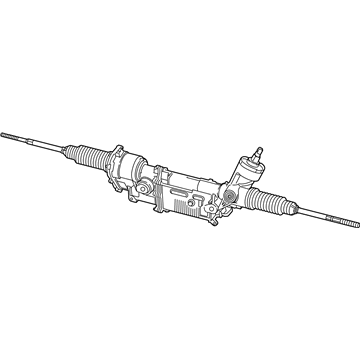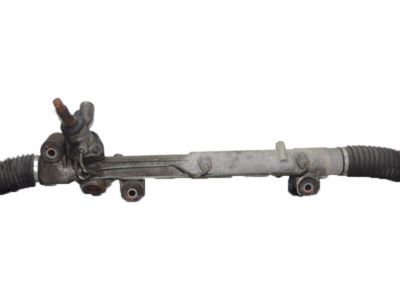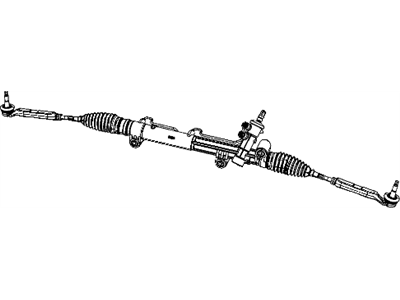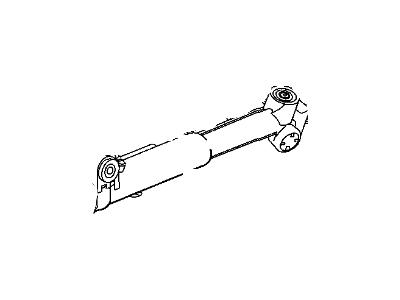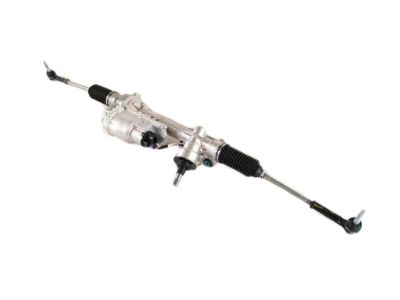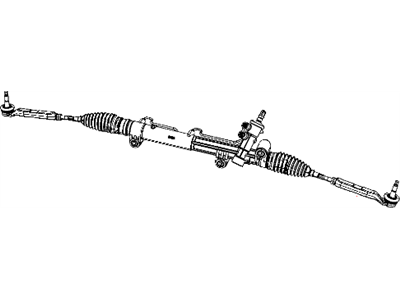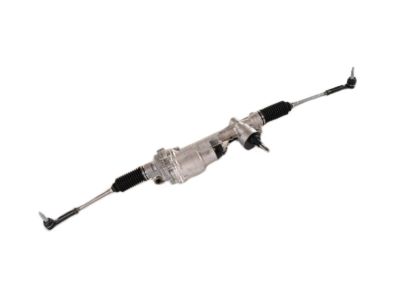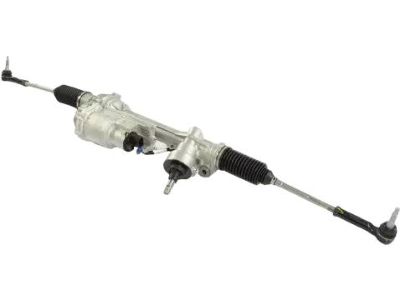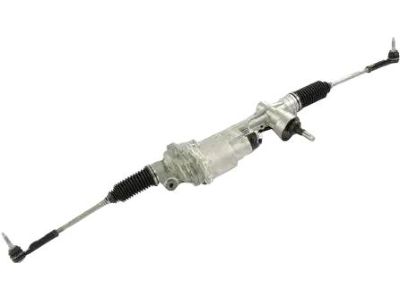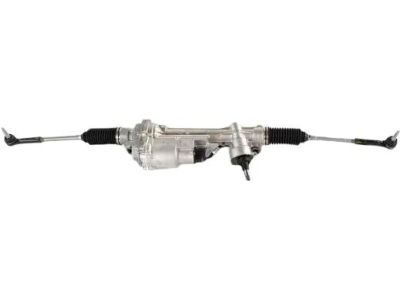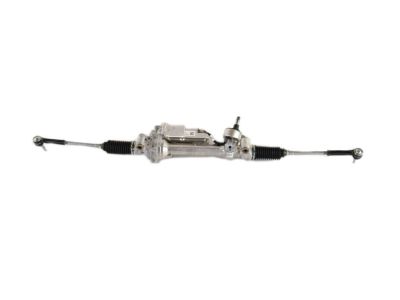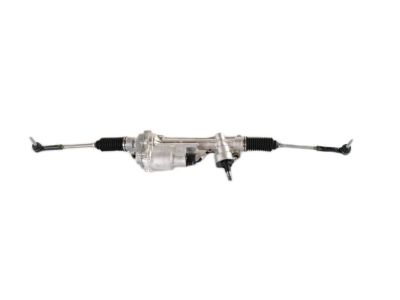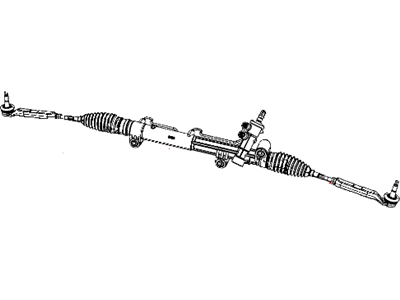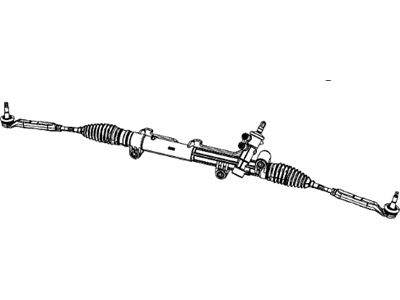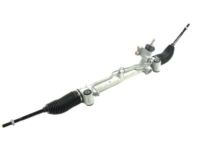
My Garage
My Account
Cart
Genuine Dodge Charger Rack And Pinion
Steering Rack And Pinion- Select Vehicle by Model
- Select Vehicle by VIN
Select Vehicle by Model
orMake
Model
Year
Select Vehicle by VIN
For the most accurate results, select vehicle by your VIN (Vehicle Identification Number).
71 Rack And Pinions found

Dodge Charger GEAR-RACK AND PINION
Part Number: 68593995AC$1717.58 MSRP: $2625.00You Save: $907.42 (35%)

Dodge Charger Rack And Pinion Gear
Part Number: 4584572AF$1023.48 MSRP: $1555.00You Save: $531.52 (35%)
Dodge Charger Gear-Rack And Pinion
Part Number: 68274994AB$2748.60 MSRP: $3935.00You Save: $1186.40 (31%)
Dodge Charger Rack And Pinion Gear Remanufactured
Part Number: R8043033AB$277.30 MSRP: $462.00You Save: $184.70 (40%)
Dodge Charger Gear-Rack And Pinion
Part Number: 68367377AB$1717.58 MSRP: $2625.00You Save: $907.42 (35%)

Dodge Charger Rack And Pinion Gear Remanufactured
Part Number: R4584569AF$492.18 MSRP: $596.00You Save: $103.82 (18%)
Dodge Charger Gear-Rack And Pinion
Part Number: 68323541AA$630.86 MSRP: $930.00You Save: $299.14 (33%)
Dodge Charger Gear-Rack And Pinion
Part Number: 68274991AB$630.86 MSRP: $930.00You Save: $299.14 (33%)
Dodge Charger Gear-Rack And Pinion
Part Number: 68466317AB$630.86 MSRP: $930.00You Save: $299.14 (33%)Dodge Charger GEAR-RACK AND PINION
Part Number: 68593998AA$2587.63 MSRP: $3935.00You Save: $1347.37 (35%)Dodge Charger Gear-Rack And Pinion
Part Number: 68466315AB$2267.58 MSRP: $3455.00You Save: $1187.42 (35%)Dodge Charger Gear-Rack And Pinion
Part Number: 68466320AA$2748.60 MSRP: $3935.00You Save: $1186.40 (31%)Dodge Charger Gear-Rack And Pinion
Part Number: 68323544AC$2748.60 MSRP: $3935.00You Save: $1186.40 (31%)Dodge Charger Rack And Pinion Gear
Part Number: R4782341AK$362.77 MSRP: $432.00You Save: $69.23 (17%)Dodge Charger Gear-Rack And Pinion
Part Number: 68466314AB$1717.58 MSRP: $2625.00You Save: $907.42 (35%)Dodge Charger Gear-Rack And Pinion
Part Number: 68323548AA$1717.58 MSRP: $2625.00You Save: $907.42 (35%)Dodge Charger Rack And Pinion Gear
Part Number: 4584572AE$1023.48 MSRP: $1555.00You Save: $531.52 (35%)
| Page 1 of 4 |Next >
1-20 of 71 Results
Dodge Charger Rack And Pinion
The steering rack on the Dodge charger is an important assembly which converts the rotary motion of the steering wheel into the linear motion of the front wheels. This structure is called Rack and Pinion, this consists of a pinion gear that is linked to the steering column and a rack gear that is located in a metallic tube, in order to turn the wheels one has to turn the steering wheel. Power steering is the most commonly used in Dodge Chargers and this is the rack and pinion system which is powered through hydraulic or electric ways. Although the previous models may have contained manual racks, the current Chargers use hydraulic systems in which fluid pressure is used to steer the vehicle. Different types of gears, for instance straight and helical racks can lead to the differences in the output with straight gears being more efficient and generating less heat. In conclusion, the Steering Rack is crucial in the steering system of the Dodge Charger to enable the driver to have a good control and feedback on the road.
Looking for affordable and high-quality auto parts? Then you have already arrived at the proper online shop. We offer all Dodge Charger Rack And Pinion at great affordable prices. Moreover, all genuine Dodge Charger Rack And Pinion come with a manufacturer's warranty. In the long run, you would realize you have saved a lot of trouble and money with OEM parts from here.
Dodge Charger Rack And Pinion Parts Questions & Experts Answers
- Q: How to Remove and Install a Steering Gear on Dodge Charger?A:Park the vehicle with the wheels pointing straight ahead. Loosen the front wheel lug nuts, raise the front of the vehicle and support it securely on jackstands. Apply the parking brake. Remove the wheels. Detach the tie-rod ends from the Steering Knuckles. Mark the relationship of the intermediate shaft coupler to the rack and pinion input shaft, remove the pinch bolt and separate the coupler from the input shaft. Position a drain pan under the rack and pinion. Using a flare-nut wrench, disconnect the power steering pressure and return lines from the rack and pinion. Cap the lines to prevent leakage. Remove the mounting fasteners and then remove the rack and pinion. Inspect all rubber bushings for wear and damage. If any of the rubber parts are cracked, torn or generally deteriorated, replace them. Installation is the reverse of removal, noting the following points: Tighten the rack and pinion mounting bolts and the lower coupler pinch bolt. Tighten the wheel lug nuts. Check the power steering fluid level and add some, if necessary. Bleed the system. Re-check the power steering fluid level.
Related Dodge Charger Parts
Browse by Year
2023 Rack And Pinion 2022 Rack And Pinion 2021 Rack And Pinion 2020 Rack And Pinion 2019 Rack And Pinion 2018 Rack And Pinion 2017 Rack And Pinion 2016 Rack And Pinion 2015 Rack And Pinion 2014 Rack And Pinion 2013 Rack And Pinion 2012 Rack And Pinion 2011 Rack And Pinion 2010 Rack And Pinion 2009 Rack And Pinion 2008 Rack And Pinion 2007 Rack And Pinion 2006 Rack And Pinion 1987 Rack And Pinion 1986 Rack And Pinion 1985 Rack And Pinion 1984 Rack And Pinion




